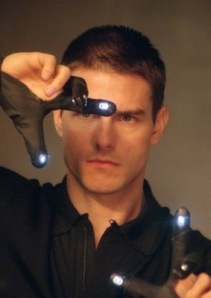A Massive Open Online Course (MOOC) offers anyone with the time and and an internet connection to explore a large range of educational topics in depth, usually for no cost apart from net connection fees. Available topics range from complex courses on micro-electronics that duplicate face-to-face courses taught at institutions such as MIT, to less formal, peer-driven courses based on a community of enquiry model.
One of the great things about the internet’s expanding web of connections around the world is the increasingly large number of free online education opportunities that come with it. The MIT/Harvard consortium called edX has recently added UC Berkeley to the mix, making it the first consortium to include a public university in offering free not-for-credit courses, according to this article in the Los Angeles Times.
The MOOC early-adopter institutions include Stanford University in California, offering videos of Masters course lectures in the late 1990s, MIT with OpenCourseware and more recently with MITx, Yale University’s Open Yale courses, and the Open University‘s LearningSpace in the UK.
Peer-driven learning spaces rely on the enthusiasm of learners who are curious enough about a topic to freely offer what they know already or to join a group of learners who may help them to learn further. A good example is Peer to Peer University (P2PU), which describes its mission as providing a place where: “people work together to learn a particular topic by completing tasks, assessing individual and group work, and providing constructive feedback”.
Acquiring knowledge for its own sake is one thing, but some learners want acknowledgement of the time and effort they put into learning a new skill or discipline, either to reinforce feelings of self-worth or to enhance their future job prospects. Mozilla Open Badges caters for learners who want visible recognition of the skills they have acquired online or out of school by offering badges that represent attainment in online courses or projects run by affiliated members.









![Reblog this post [with Zemanta]](https://i0.wp.com/img.zemanta.com/reblog_e.png)